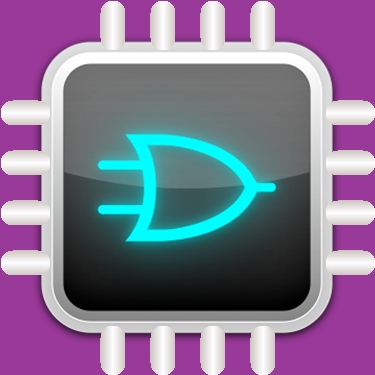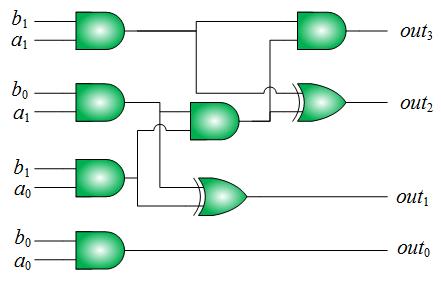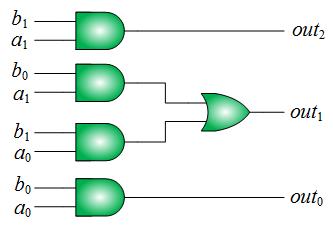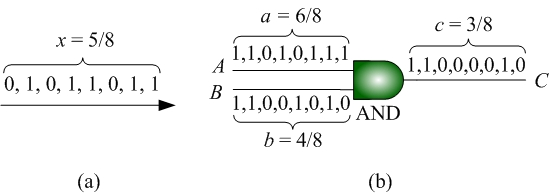 |
Advanced Computing and EDA (ACE) Lab at SJTU |
| HomePeopleResearchPublicationsTeachingActivitiesCodes
& Links |
| Approximate Computing |
|||||
|
Three
important goals of VLSI design are reducing circuit
area, improving circuit frequency, and reducing power
consumption, all of which are achieved under the basic
assumption that the circuit correctly implements the
specified function. However, many applications widely
used today, such as signal processing, pattern
recognition, and machine learning, do not require
perfect computation. Instead, results with small
errors are still acceptable. A new design paradigm,
known as approximate computing,
is recently proposed to design circuits for those
error-tolerant applications. Exploiting the error
tolerance of applications, it deliberately sacrifices
a small amount of accuracy to achieve improvement in
area, performance, and power consumption.
An
example of approximate computing is shown in Fig. 1.
Fig. 1(a) shows the Karnaugh map of an accurate 2-bit
multiplier. If we change the output "1001" in the red
circle in Fig. 1(a) to "111", we obtain the Karnaugh
map of an approximate 2-bit multiplier, as shown in
Fig. 1(b). The circuit for the accurate multiplier and
that for the approximate multiplier are shown in Fig.
1(c) and 1(d), respectively. Notice that by
introducing a small amount of inaccuracy, we reduce
both the area and the delay of the original multiplier
significantly.
|
| Selected Publications on Approximate Logic Synthesis |
|
| Selected Publications on the Design, Synthesis, and Analysis of Approximate Arithmetic Circuits |
|
| Selected Publications on the Design of Approximate Computing Architectures |
|
|
|
| Stochastic Computing |
|
|
Traditional
arithmetic circuits operate on numbers encoded by
binary radix, which is a deterministic way to
represent numerical values with zeros and ones.
Fundamentally different from the binary radix,
stochastic encoding is another way to represent
numerical values by logical zeros and ones. In
such a encoding, a real value p in the unit
interval is represented by a sequence of N random
bits X1, X2, ..., XN,
with each Xi having
probability p of being one and probability (1-p)
of being zero, i.e., P(Xi
= 1) = p and P(Xi
= 0) = 1-p. Fig. 2(a) shows an example of a
stochastic bit stream encoding the value 5/8.
Since
the random sequences are composed of binary digits, we
can apply digital circuits to process them. Thus,
instead of mapping Boolean values into Boolean values,
a digital circuit now maps real probability values
into real probability values. We refer to this type of
computation as stochastic
computing. Fig. 2(b) illustrates an AND gate
performing multiplication on stochastic bit streams.
We study the following fundamental problems related to stochastic computing:
|
| Selected Publications on the Synthesis of Stochastic Computing Circuits |
|
| Selected Publications on the Generation of Stochastic Bit Streams |
|
| Selected Publications on Architectures and Applications of Stochastic Computing |
|
|
|
| In-Memory Computing |
Traditional von Neumann
architecture requires data movement between the
processor and the memory, which causes a bottleneck in
performance and energy efficiency known as the "memory
wall". To address this problem, in-memory computing
(IMC) paradigm has been proposed. It explores
opportunities to compute within the memory so that the
amount of data movement can be significantly reduced. We study the
following topics related to IMC:
|
| Selected Publications on Hardware/Software Co-Design for Reliable Analog IMC |
|
| Selected Publications on Synthesis and Scheduling for Digital IMC |
|
|
|
| Electronic Design
Automation for VLSI |
|
We are
also interested in electronic design automation (EDA)
for VLSI. Topics include:
|
| Selected Publications |
|
|
|




